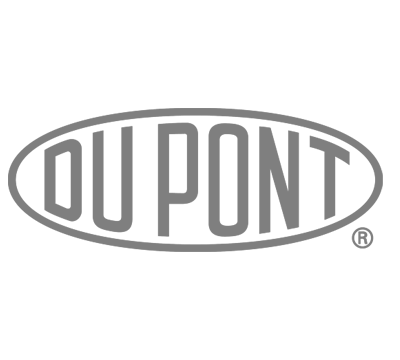Understanding How To Best Leverage An Emerging Technology
CREATING A MORE EXPANSIVE PLATFORM ON WHICH TO BUILD THE FUTURE

Service: Growth & Innovation Strategy
Industry: Materials, Packaging & Chemicals
\ Challenge
DuPont was exploring entry into the burgeoning 3D printing market.
A fundamental issue exists when companies begin looking at an opportunity that’s centered around a technology – Shortly after the CTO announces interest, people in labs have ordered equipment and created project plans. Very quickly, they either have more ideas than are manageable or they end up hyper focusing on one area of implementation… both of which are dangerous!
When we began working with them, DuPont had a narrow concept of 3D printing, focused simply on how to make current technology work with their, primarily crystalline, materials (as opposed to amorphous materials which are more easily utilized for 3D printing). Their CTO wanted to avoid a product specific approach, defining opportunities that would spread across the entire organization.
\ Our Approach
When approaching the question at hand - What should DuPont do in 3D printing? – we took a step back, to create the overall landscape of 3D printing rather than settling on a single idea too quickly. We looked across all their businesses from air to chemicals to materials to biologicals and we asked ourselves – How could the concept of 3D printing apply in each of these areas? And, what is the future of structuring materials?
We determined that in the future, 3D printing could absolutely deal with crystalline materials, but it could also involve materials that are
self-structuring. We ended up with overall landscape that ran all the way from the 3D printing of mega structures (ex: houses) all the way down to micro applications like self-structuring materials and PIEZ electrics.
Success!
This expanded 3D printing landscape was mapped back to DuPonts businesses – outlining where each of them could play within the technology. This lead to the identification of cross BU synergies, bringing together diverse capabilities to create bigger opportunities. This allowed for the development a holistic corporate strategy rather than one built around the capabilities and current offering of any single BU.
In addition, the landscape informed the creation of a new 3-D printed plastics business and a partnership with an established 3-D printed materials manufacturer.
